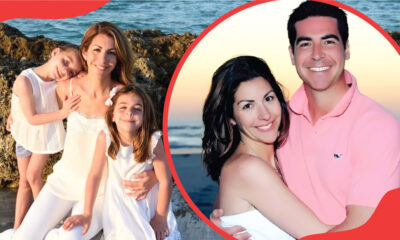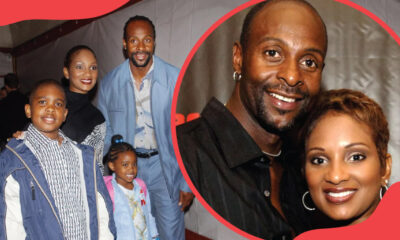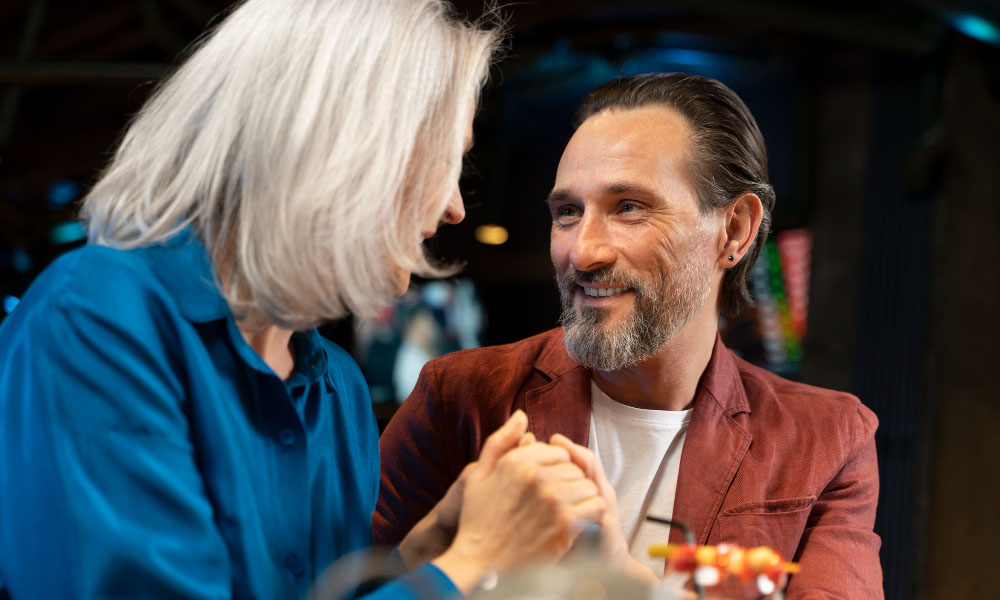People often claim they want one thing in a partner, then behave completely differently when meeting someone new. A study from the Proceedings of the National Academy of Sciences tracked 6,262 middle-aged adults through blind dates between October 2023 and January 2024. The participants averaged 46.8 years old, and researchers collected 9,084 reports from 4,542 dates. Both men and women showed attraction to younger partners, which contradicts what women typically say about preferring older men. Women in mixed-gender couples usually end up with older male partners and report wanting someone older, yet their actual first-date responses told a different story.
This disconnect appears across age groups and dating contexts. Men grow more interested in larger age gaps as they get older, with their preferred age difference increasing by about one year for every five years they age. Women start out wanting slightly older partners in their twenties, then gravitate toward same-aged partners through middle age. After turning 60, many women begin preferring younger partners, and by 75, this preference becomes even more pronounced, according to research from the Human Nature journal.
When Personal History Reshapes What You Want
Your past relationships leave marks on how you evaluate potential partners, and these accumulated experiences often push preferences in unexpected directions. Someone who went through a difficult divorce at 35 might find themselves drawn to completely different personality traits than they valued at 25, while a person who spent their thirties focused on career advancement might suddenly prioritize emotional availability over ambition when they reach their forties. These shifts happen because each relationship teaches you something about yourself that you couldn’t have known before living through it.
The specific qualities you notice first also change based on what went wrong or right before. As an example, someone who always dated athletic types in her twenties could have found herself dating an older guy who read poetry after her last relationship ended badly with someone who spent more time at the gym than talking to her. Another person may have switched from pursuing creative types to seeking stable professionals after years of financial uncertainty with artistic partners. Dating history becomes a kind of filter that highlights certain traits while making others fade into the background, and this filtering process intensifies as you accumulate more relationship data points over the years.
Life Goals Alter Partner Selection
Your age determines which relationship goals matter most to you. Research on 17,254 single heterosexual women aged 18 to 67 from 147 countries found that parenting intentions peaked around age 30, then declined steadily afterward. Young adults in their twenties focus heavily on finding partners who want children, while people in their forties and fifties care more about companionship and emotional support. These priority changes follow predictable patterns tied to biological fertility windows and family formation timelines.
Men show different patterns when selecting partners for various relationship types. Research in Evolution and Human Behavior found that men consistently prefer women in their reproductive years for short-term relationships and sexual fantasies, regardless of their own age. For long-term partnerships, men still prefer younger women but often choose partners above peak fertility age, especially as they themselves get older.
Age Groups Use Dating Technology Differently
Dating app usage varies sharply by generation. SSRS data from March 2025 shows that 65% of adults aged 18 to 29 have tried online dating platforms, compared to 37% of those aged 30 to 49. Among singles over 50, only 26% use dating apps, according to Pew Research Center statistics. Platform preferences also split along age lines. Tinder attracts the youngest users, with an average age of 26 and the highest usage among the 18 to 34 demographic. Match and Bumble draw slightly older crowds, with 31% and 28% of all online daters using these platforms, respectively.
The way people approach these platforms changes with age, too. Younger users often treat dating apps casually, swiping through dozens of profiles daily. Older users tend to read profiles more carefully and send fewer but more thoughtful messages. Response rates and matching patterns vary accordingly, with older users generally achieving higher conversation-to-date conversion rates despite lower overall match numbers.
Flexibility Increases With Age
Older women accept wider age ranges in potential partners than younger women do. This increased flexibility comes from adjusting expectations about the youngest acceptable partner age relative to their own. A 25-year-old woman might only consider men between 24 and 30, while a 50-year-old woman might date someone anywhere from 40 to 60. Men maintain narrower acceptable age ranges throughout their lives, consistently preferring partners younger than themselves.
Modern coupling rates have declined across industrialized nations, with fewer people dating, marrying, or having children. Some researchers attribute this to inflated material expectations combined with diminished relationship skills and family-oriented values. People chase professional and financial goals without feeling ready for serious relationships, creating what researchers call a relationship recession affecting global partnership formation rates.

 Entertainment3 months ago
Entertainment3 months ago
 Entertainment3 months ago
Entertainment3 months ago
 Celebrity2 months ago
Celebrity2 months ago
 Celebrity1 month ago
Celebrity1 month ago
















